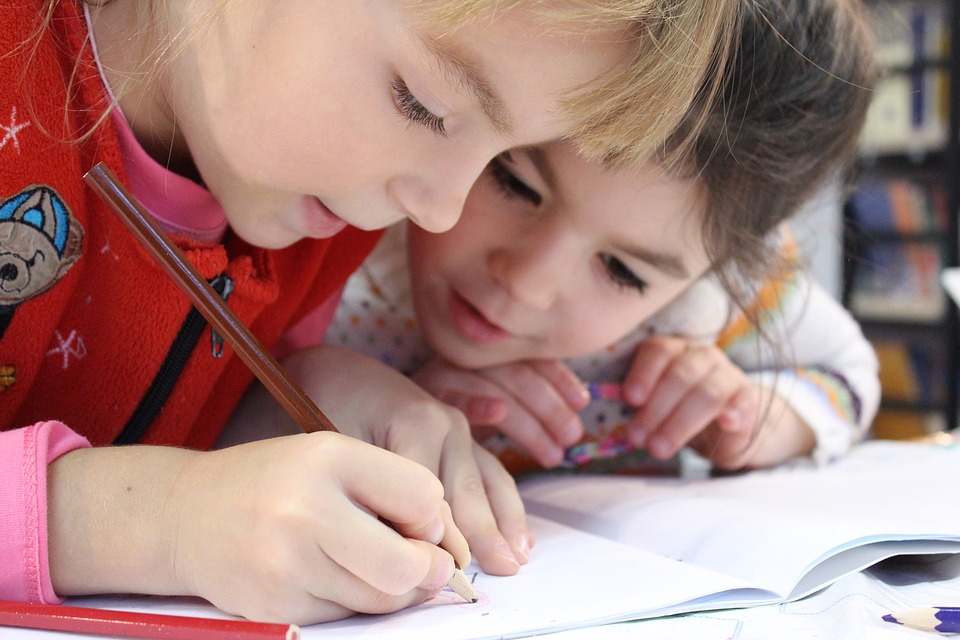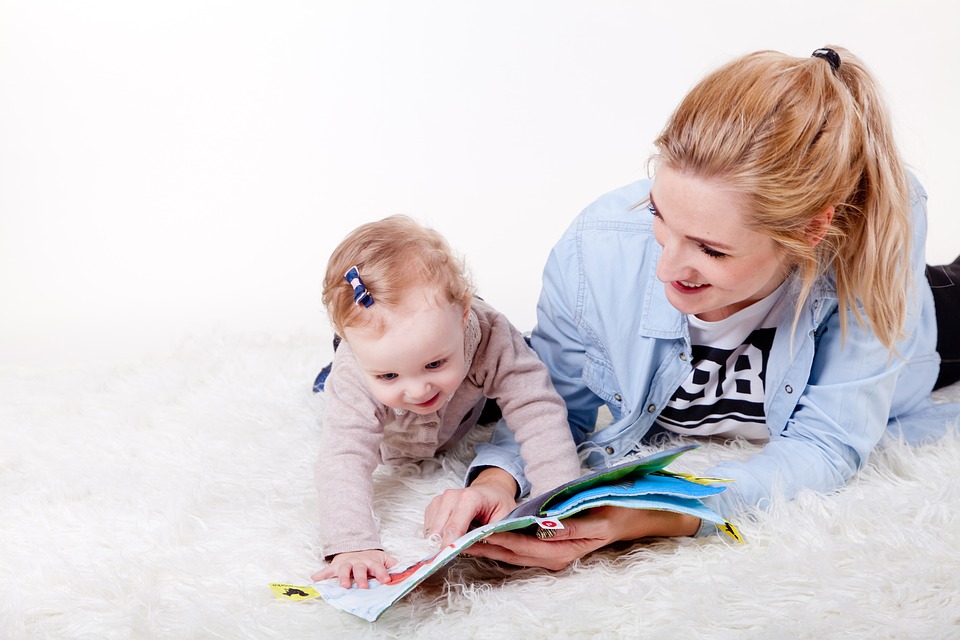Homeschooling basics through Kindergarten to Fourth Grade include learning through in the everyday life context and through games. You don’t have to follow a formal curriculum through 0-5 years of child’s life.
“Young children are described as sponges because they soak up knowledge. But squeeze a dry sponge, and nothing comes out. First, the sponge has to be filled. You cannot have a creative child before he has any knowledge or skill to be creative with.
In the first four years of learning, you’ll be filling your child’s mind and imagination with as many pictures, stories, and facts as you can. Your goal is to supply mental pegs on which later information can be hung.
The key to the first stage of the trivium is content, content, content. In history, science, literature, art, the child should be accumulating masses of information: stories of people and wars, names of rivers, cities, mountains, oceans, scientific names, properties of matter, classifications, plots, characters, and descriptions. The young writer should be memorizing the nuts and bolts of language – parts of speech, parts of a sentence, vocabulary roots. The young mathematician should be preparing for higher math by mastering the basic math facts and developing an understanding of arithmetical operations.”
From “The Well-trained mind” book
Priorities
In the elementary grades, it is useful to prioritize READING, WRITING, GRAMMAR, and MATH in these years.
Homeschooling basics for Preschool years: birth to age 5
Start preparing them for reading, writing, and math. Start with 10 minutes a day gradually increasing to about 30 minutes a day by age 5.
Best early teaching is immersing your child in language from birth.
How to develop Reading skills in preschoolers
- Thirty minutes of screen time is a lot for any child under five.
- Talk to your child in complete sentences. Tell him what you are doing while doing it. Children from silent families usually struggle to read.
- Start reading books to your child in his crib.
- Invest in a toddler-safe MP3 player and load it with audio versions of preschool books. Record yourself reading, singling, talking, and reciting.
- Ask questions after you read to him. If he doesn’t know, answer the question yourself in a complete sentence.
- When your child begins to talk, sing him the alphabet song often. Read alphabet books and rhymes.
- After he learns the alphabet, tell him that each letter has a sound. Teach him the sounds in fun ways (songs).
Prereading preparation really works. Some kindergarten level children could read at a fifth-grade level as a result of this kind of preparation. To achieve that, create a language-rich home, limit TV, limit screen time, and teach systematic phonics.
How to develop Writing skills in a child
- Teach a child from the beginning to hold the pencil correctly.
- Draw lots of circles counterclockwise. The habit of drawing only clockwise will make the cursive handwriting difficult later on.
- Let the child write letters using a finger in rice or sand.
- Teach your 3-year-old basic dot-to-dot skills by drawing your own dot-to-dot picture.
How to develop Math skills in toddlers
- Count with fingers, count eyes, and ears, toys, rocks, sticks. Play hide-and-seek and count to five, then to ten and more.
- When the child is comfortable counting, start working on simple math sums usually during 4-5 years of age.
General Preschool learning
Don’t push a child if he does not want to do activities. Informal learning and active play are the most valuable preparation for the school years.

Homeschooling basics for Kindergarten years: 4 and 5
You don’t need to follow a formal curriculum for 4-5-year-olds.
Teach reading and math in the same way you teach your child how to tie his shoes, to dress, and to clean up after himself – by demonstrating the basic skills yourself. Spend a few minutes for this every day.
How to develop Reading skills in kindergarten years
Fluent reading is the number one goal when you teach first graders.
- Get audiobooks – real books read without sound effects.
- Read an easy book for 5-15 minutes every day. Make it a rule, same as tooth brushing.
- You don’t need songs, workbooks, charts, and drills to teach reading. Just read yourself, turn on a good audiobook.
- If your child doesn’t have trouble with writing skills, you might use a workbook. But you don’t need to use workbooks at this age. If you use workbooks, treat the workbook pages as games rather than assignments.
How to develop Writing skills in kindergarten years
Take handwriting seriously in the first years.
- Do not combine reading and writing together. It may frustrate a child.
- Do writing separately from reading.
- Teach only one letter or one number at a time until you’ve gone through entire alphabet and the numbers 1 through 10. Always do capital and small letters together.
- Ten minutes per day, 3-5 times a week is sufficient.
- First, teach printing letters, When the child is writing quickly and well, then begin cursive.
- The circle for a small “a” is drawn counterclockwise. The straight edge of a capital “D” is always drawn first. Following proper writing is very important. Work on each letter separately.
- Do not teach typing until fourth grade. Typing can take its place when language skills are firmly established.
How to improve Math skills in kindergarten years
When the child can count, continue doing daily math by adding and subtracting in the context of everyday life.
Examples:
- Cook together – recipes are full of fractions and measures: 1 cup of this, add a half cup of this, etc.
- Add and subtract in the grocery store: “Look, I am picking up 3 apples and then one more apple – that makes four!”
- Do lots of addition and subtraction with beans, pencils, sticks, etc.
- When you cut a sandwich, say: “Look, I cut this in half!” or “I cut this into fourths!”
- Go to your public library and get a kindergarten-level math book every week, read through it with your child.
- Think of a kindergarten math program as a game! Don’t force to finish the lesson. Even if the child gets tired after 5-10 minutes, it is Okay. Just finish the lesson.
General learning in kindergarten years
Kindergarteners enjoy cutting, pasting, coloring, and game playing.
Source: The Well-Trained Mind: A Guide to Classical Education at Home (Fourth Edition)


Mashallah I love your whole blog ? I hope that I can also homeschool my children one day. Do you follow WAPF teachings?
Dear, Zaynab! Thank you very much for visiting my blog. Yes, I do try to follow WAPF teachings:-) I think you will be able to homeschool even if your children go to public schools. You can teach or help them learn extra languages or classes which you may find useful for their future, like holistic nutrition classes, etc.
Wait I forgot to say in shaa allah
Inshaallah!:-)